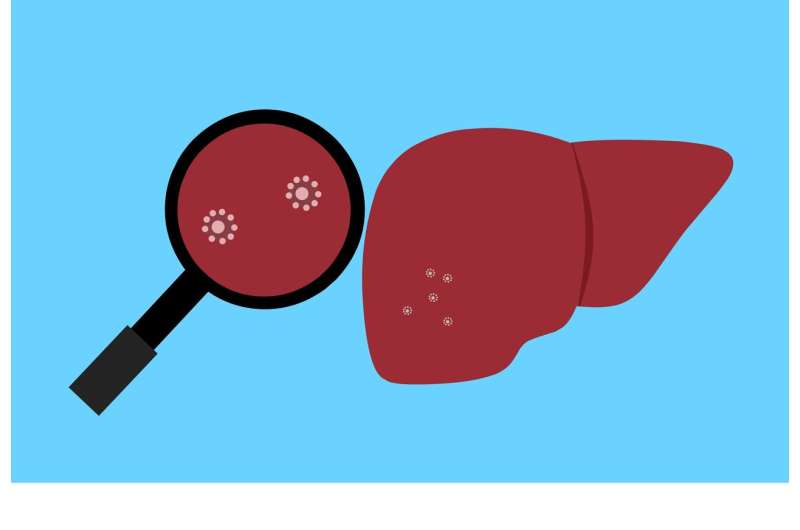This article has been reviewed according to Science X's editorial process and policies. Editors have highlighted the following attributes while ensuring the content's credibility:
fact-checked
proofread
New perspectives on metabolic (dysfunction) associated fatty liver disease

Fatty liver disease is a condition characterized by a build-up of fat in the liver and is the most common chronic liver disease that affects over one billion people. Over time, this can lead to complications including cirrhosis, liver failure, liver cancer, and heart health issues. The disease is now known as metabolic (dysfunction) associated fatty liver disease (MAFLD). This is because the disease is now understood to be linked to metabolic factors, such as obesity, insulin resistance, and diabetes.
MAFLD is a multi-system disorder with a heterogeneous disease course and outcomes. This means that it can affect multiple organs, and the course of the disease can vary from person to person.
Some people with MAFLD may have no symptoms, while others may develop serious complications, such as liver cirrhosis or liver cancer. The diagnosis of MAFLD is often delayed, sometimes for decades. This is because the disease is often asymptomatic in the early stages. Additionally, there is no single test that can definitively diagnose MAFLD.
Early diagnosis of MAFLD is essential for effective treatment. This is because early treatment can help prevent the disease's progression and the development of complications. Many pharmacological and non-pharmacological treatments can be more effective in early disease. For example, lifestyle changes, such as losing weight, eating a healthy diet, and exercising regularly, can help to improve liver function and reduce the risk of complications.
It is important to stratify patients to develop effective treatments. This means grouping patients based on their individual characteristics, such as their disease severity, complications risk, and treatment response. This will help to ensure that patients receive the most appropriate treatment for their individual needs.
A new set of diagnostic criteria for MAFLD has been developed. An international group of experts developed these criteria to help in addressing these issues. The criteria apply to all ages and consider age-related factors. This means that they can be used to diagnose MAFLD in people of all ages, from children to adults. The work is published in the journal eGastroenterology.
The new diagnostic criteria for MAFLD have met their promise. This is because they are accurate and reliable in diagnosing MAFLD and identifying the patients at high risk of disease complications.
The development of the new criteria has created a positive momentum for change. This is because it has led to increased awareness of MAFLD and has paved the way for further research and clinical trials. Therefore, the new criteria represent a significant step forward in diagnosing and treating this disease.
More information: Mohammed Eslam et al, Two years on, a perspective on MAFLD, eGastroenterology (2023). DOI: 10.1136/egastro-2023-100019





















